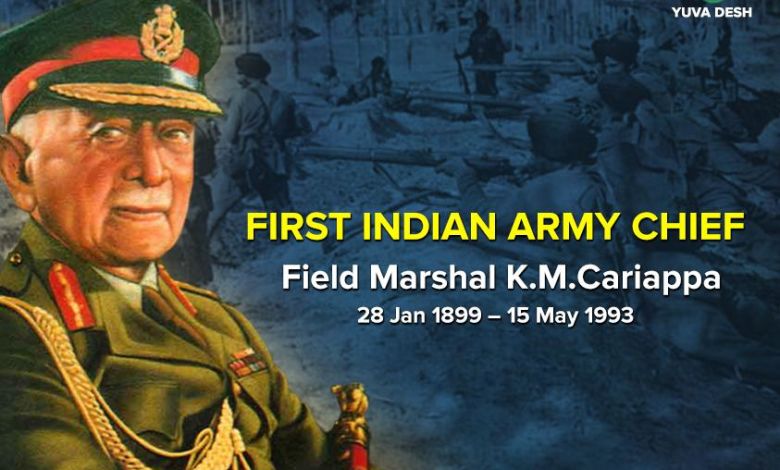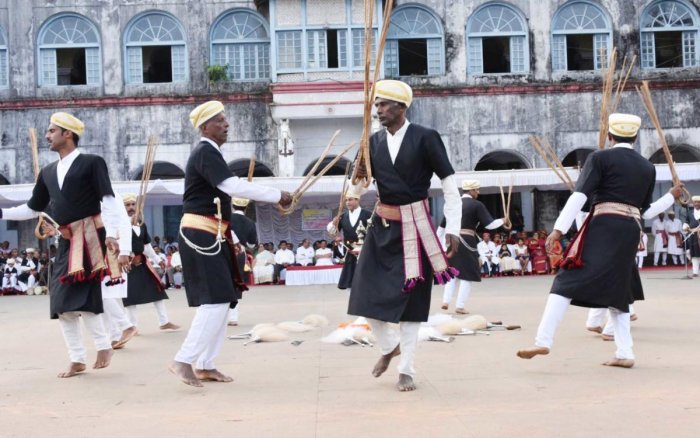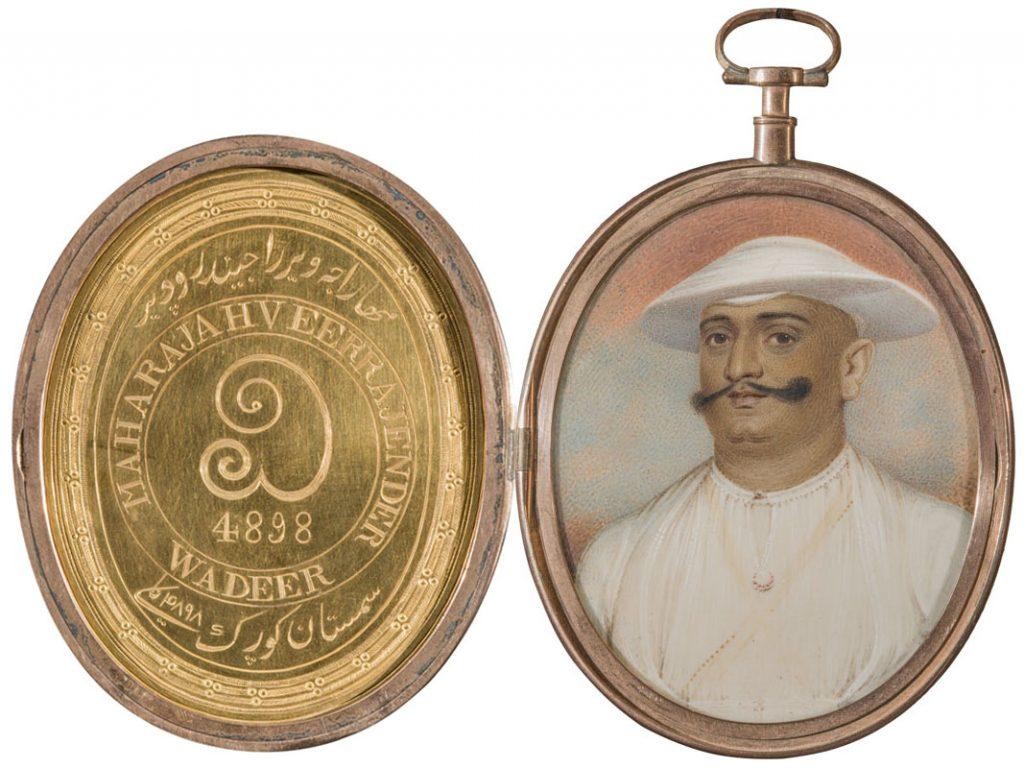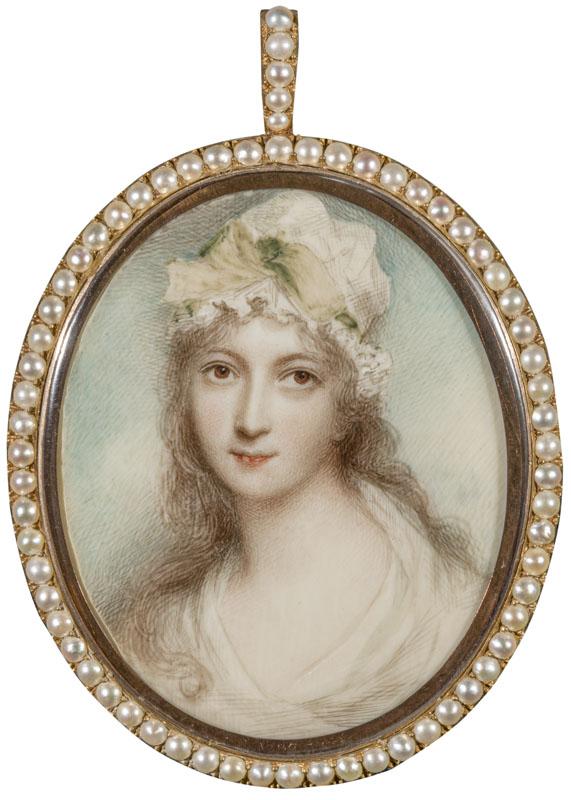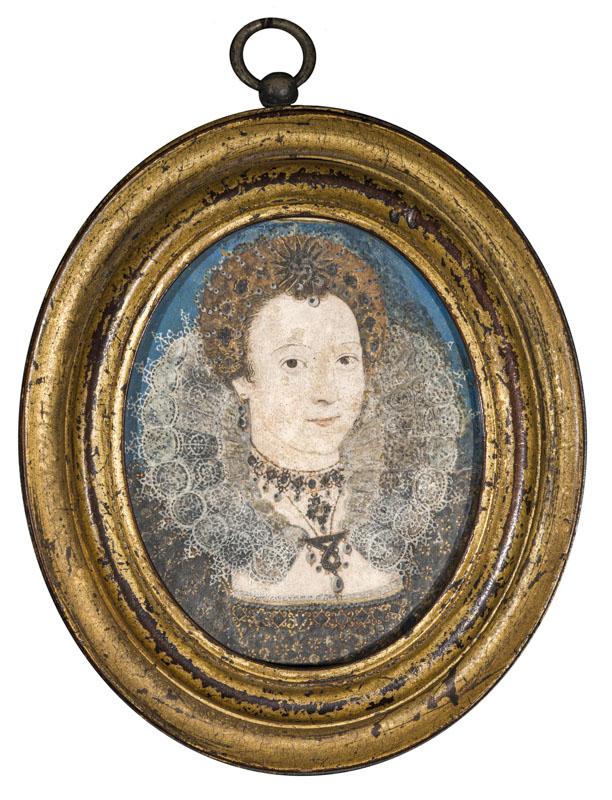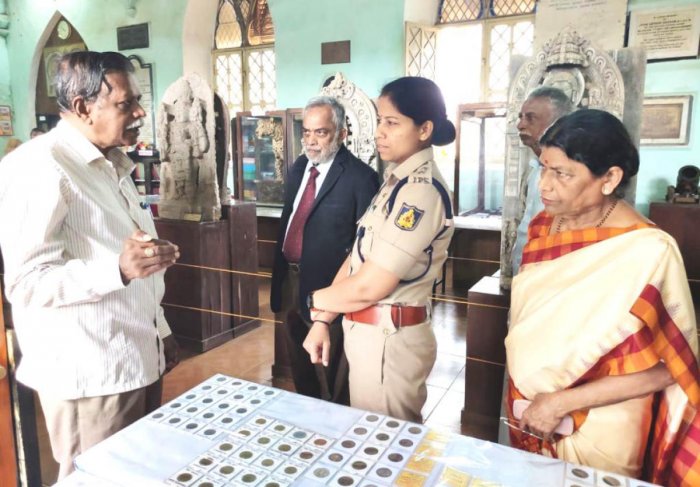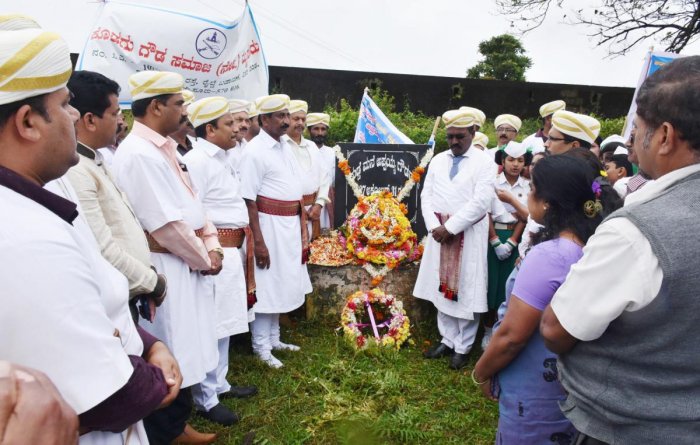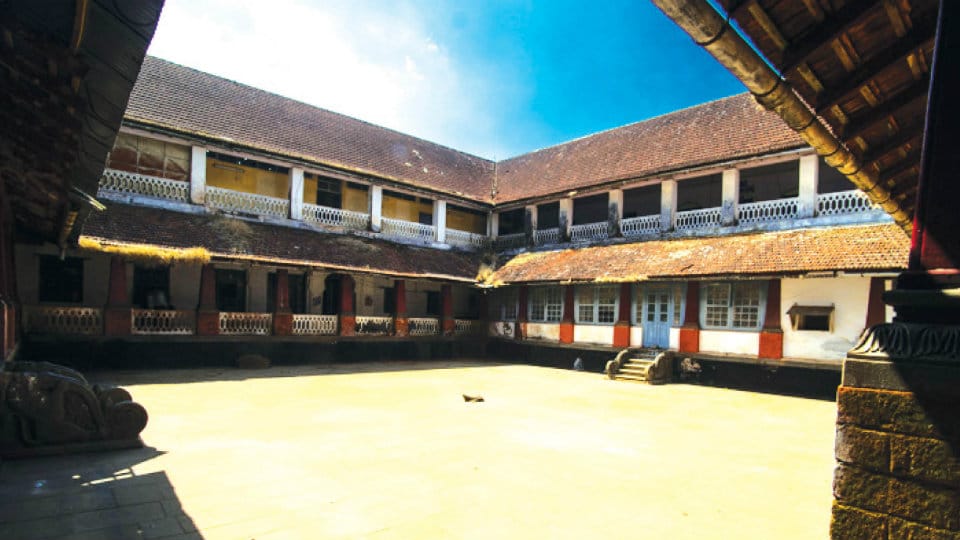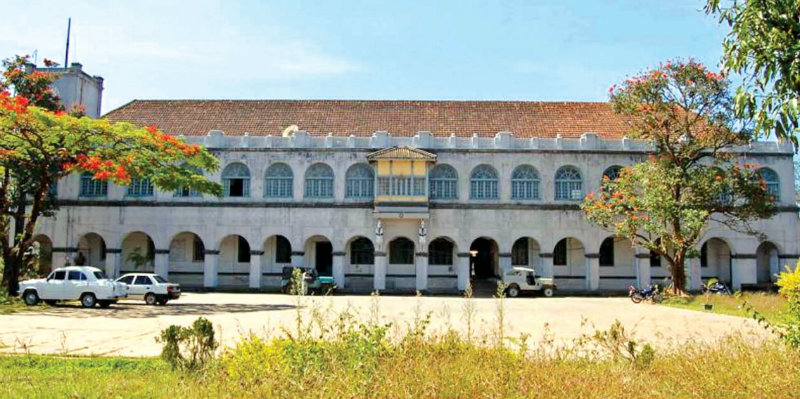Under a Kodagu police programme, nearly 150 women have been trained in five batches over the last year on 0.22 rifle.
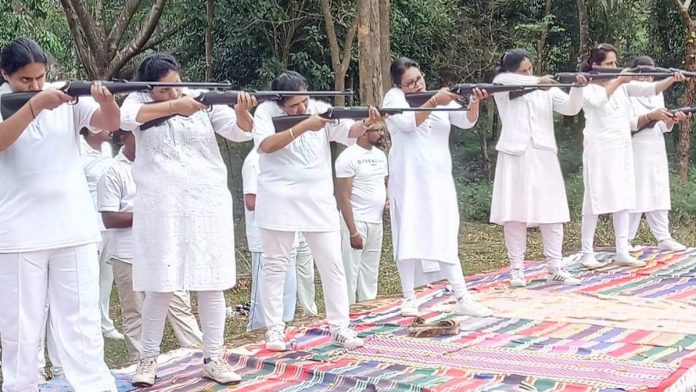
Bengaluru:
Women in Kodagu are up in arms, literally.
On Sunday, a group of women completed a five-day licensed firearm training programme in the southern Karnataka district under police supervision as a means to self-defence — against violent attacks and a tiger menace.
Under a Kodagu police people-interaction programme, nearly 150 women have been trained in five batches over the last year after the district’s superintendent of police, Suman Pennekar, took charge in December 2018.
The move has come as a response to the rising crime rate in the coffee plantation region, claim the women. ThePrint couldn’t independently verify this claim. However, several reports have emerged of murders and tiger attacks in the past few months.
Pennekar told ThePrint the training has been imparted to ensure that those who possess weapons feel accountable and not become “trigger happy”. The region is dominated by Kodavas — as people of Kodagu are called — a martial race that is one of the few tribes in the country allowed to possess guns without license.
These camps have so far been held across different talukas in Kodagu. The latest one took place at a centre in Gonikoppal village, where these women, dressed in white, learnt to aim and fire.
Women are trained on 0.22 rifle under the Civilians Rifle Training programme, as it is officially called.
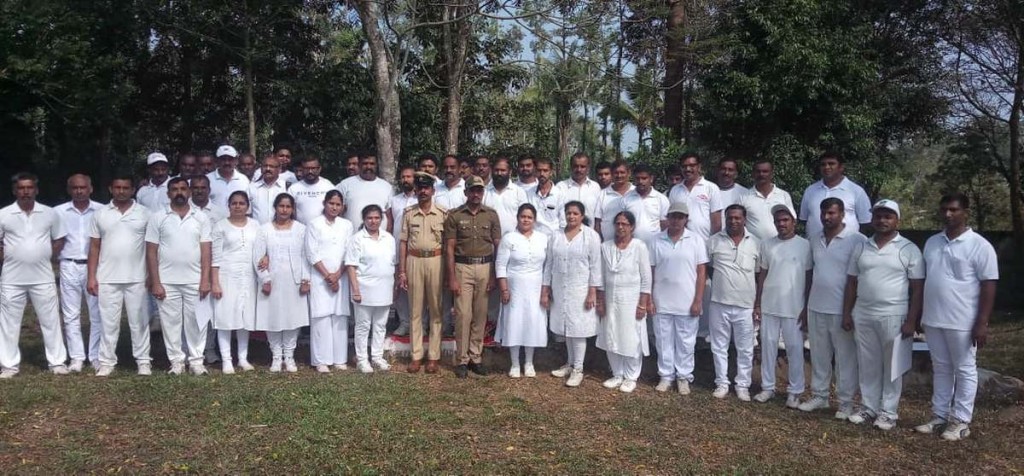
For self-defence
Bharathi Bopanna enrolled herself for the programme after she received a text on messaging service WhatsApp about the latest camp. She decided it was important for her to know how to use family-owned arms to not just keep herself safe but also to adhere to the Kodava tradition.
In the district famous for its sprawling coffee plantations, Bopanna said there have been instances of attacks on women while they were alone at home during coffee planting and plucking seasons.
“Crime against women has increased, especially those who are home alone. I decided to learn how to operate a gun so that I can use it to defend myself if need be,” Bharathi said.
“One should be able to defend oneself. When the men in the house are not there, there may be criminals who may try to attack us. We should be prepared. When they hear that we are all trained in using a gun, they will think twice before committing a crime.”
A.B. Aarthi, who underwent the same training along with her 20-year-old daughter, said, “I took it up for my personal protection.
“We would wake up early and travel 25 km from our home to Gonikoppal to train. Many of us in Kodagu live in remote areas and sometimes women have to travel alone through isolated places. If something happens, there may be nobody to rescue us, so if we are armed, we will feel safer,” she said.
Apart from rigorous physical training, the women were also tested for their weapons skills at the end of the session.
“I managed to come third, despite handling a weapon for the first time,” said Bopanna while recommending that all women in the country should undergo the arms training.
‘Great responsibility’
Kodagu SP Pennekar told ThePrint that the civilian training programme was initiated in 1962, but the district hadn’t been conducting it regularly.
After she took over, Pennekar made an effort to get people from Kodagu to train as they all possess weapons. Over the year, enrolment has gone up in the camps.
She said many Kodavas have huge landholdings and these rifles help them keep trespassers at bay.
The training is to use the weapon judiciously — not to shoot but to deter, she said.
However, Pennekar has a word of caution for all.
“They should understand that along with handling a weapon comes a great responsibility. They should realise that this training is being given to ensure they understand why they have been given a special privilege and that they should learn to use it responsibly,” said Pennekar.
source: http://www.theprint.in / The Print / Home> India / by Rohini Swamy / January 01st, 2020
